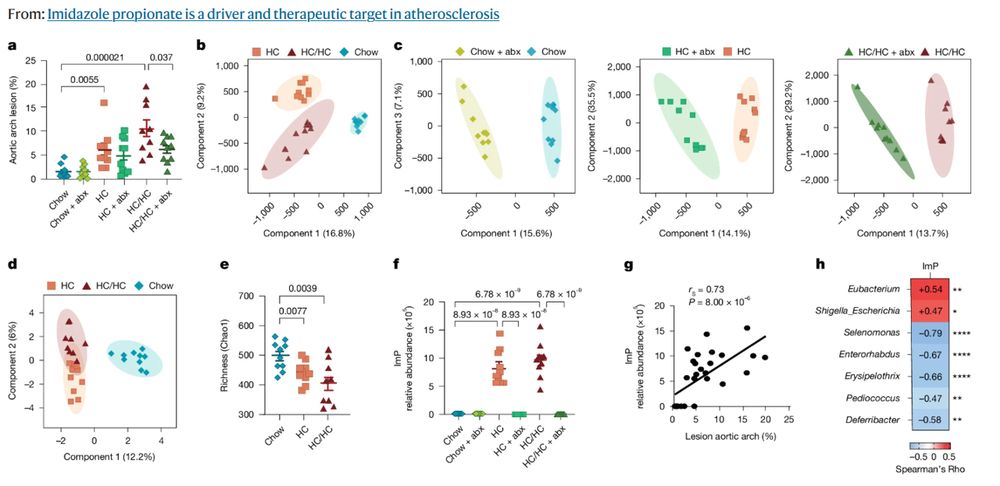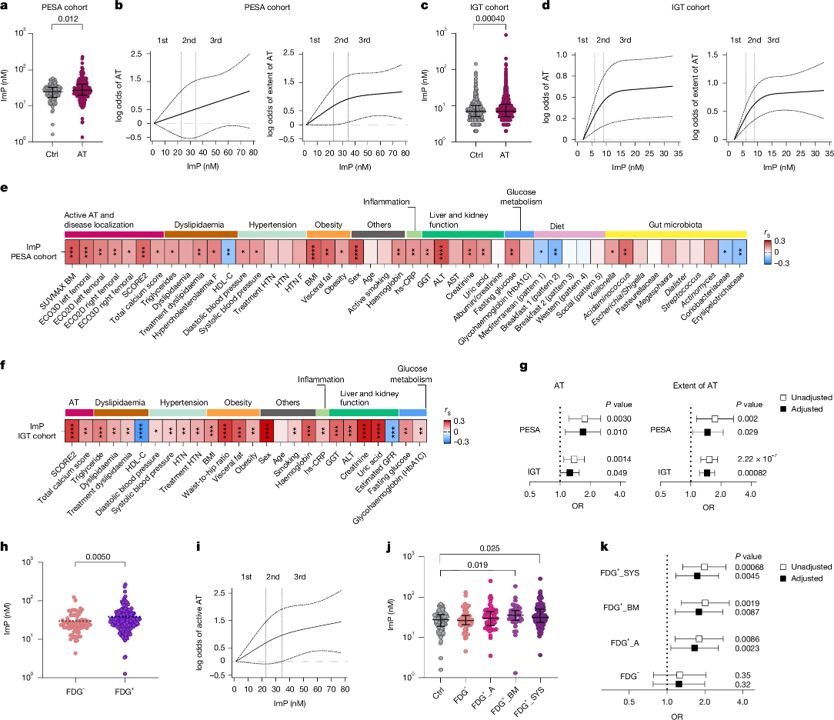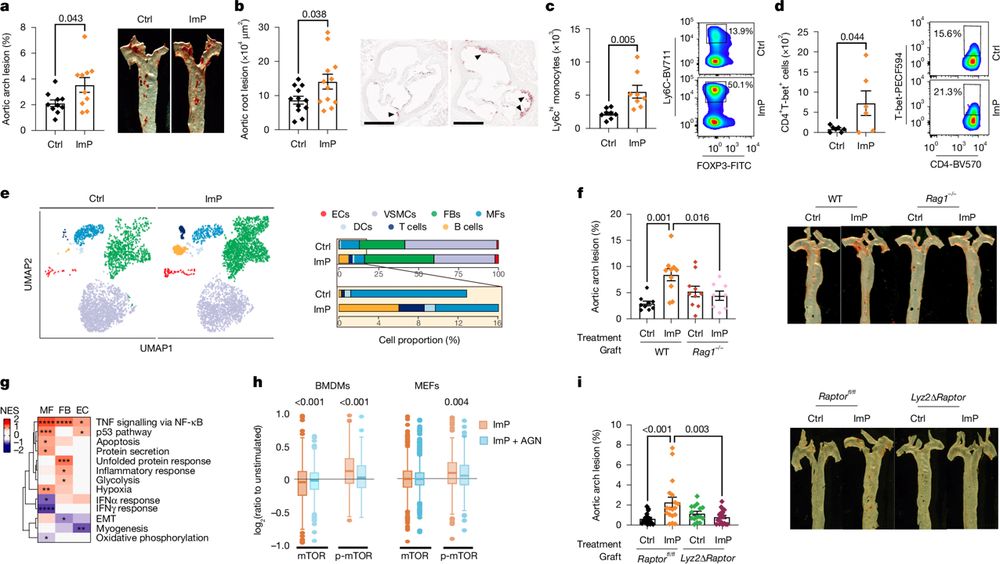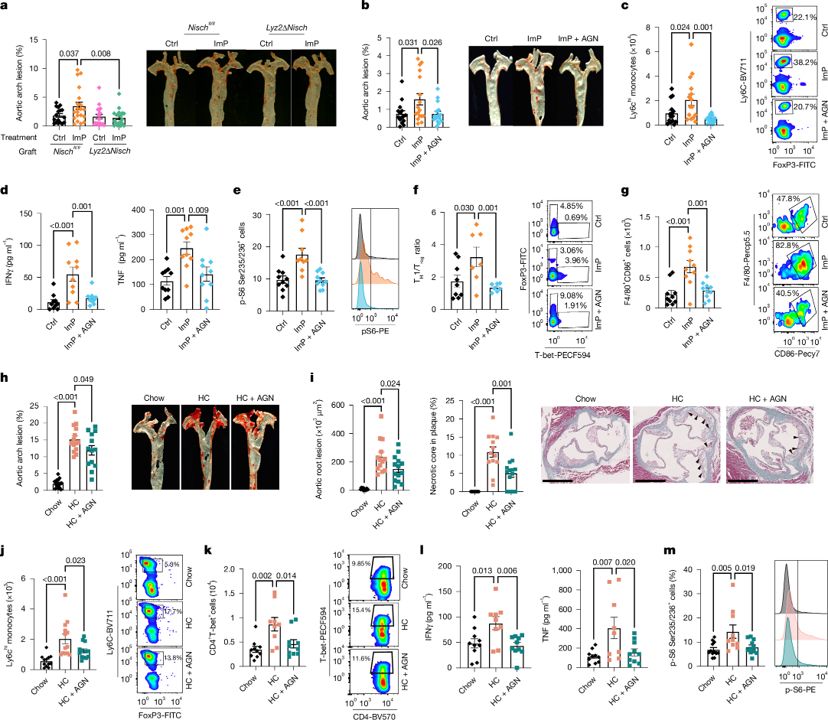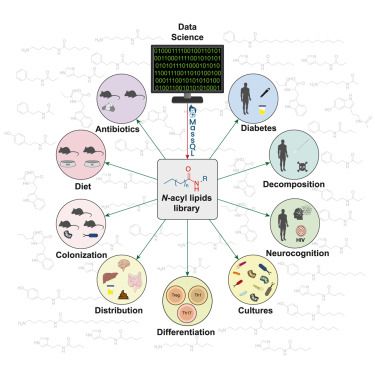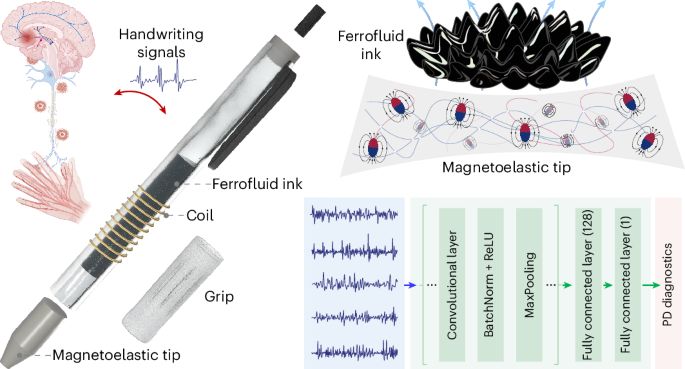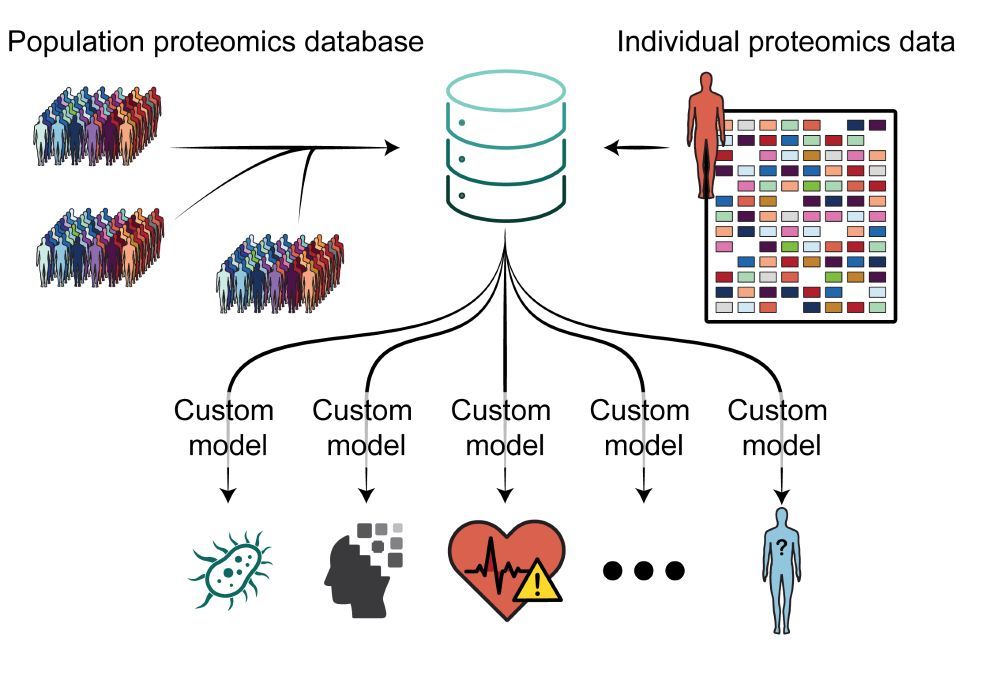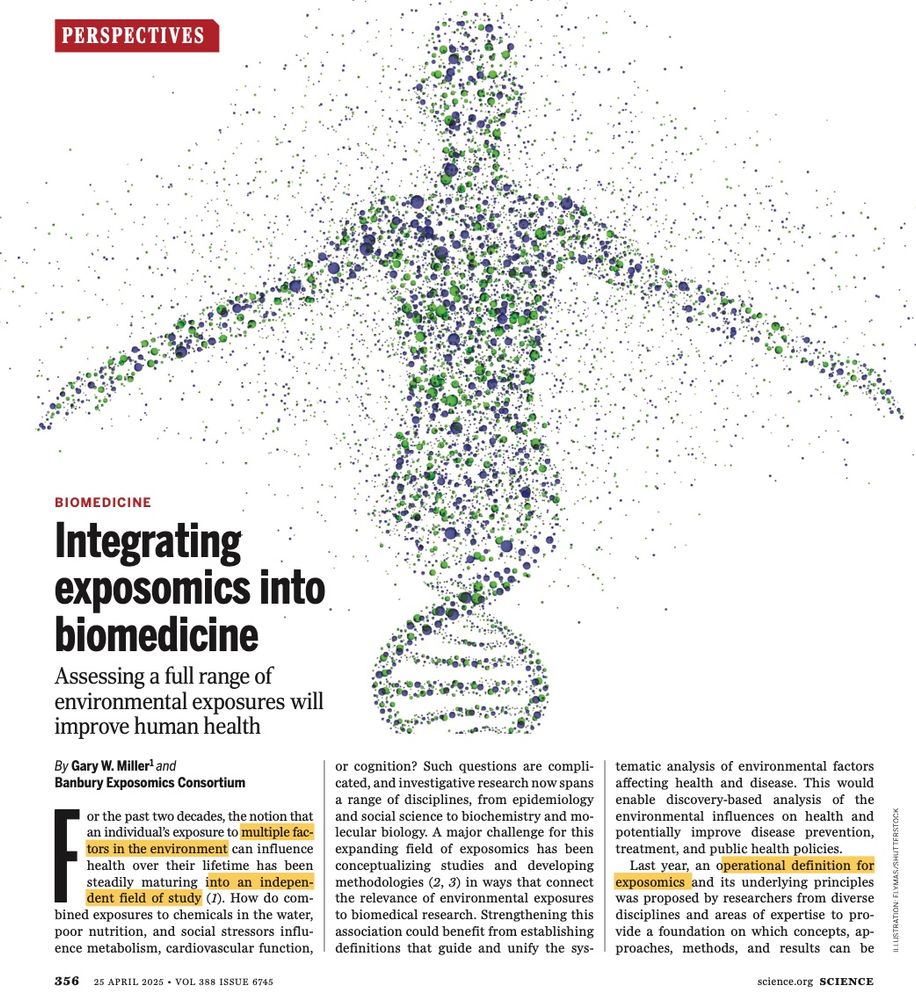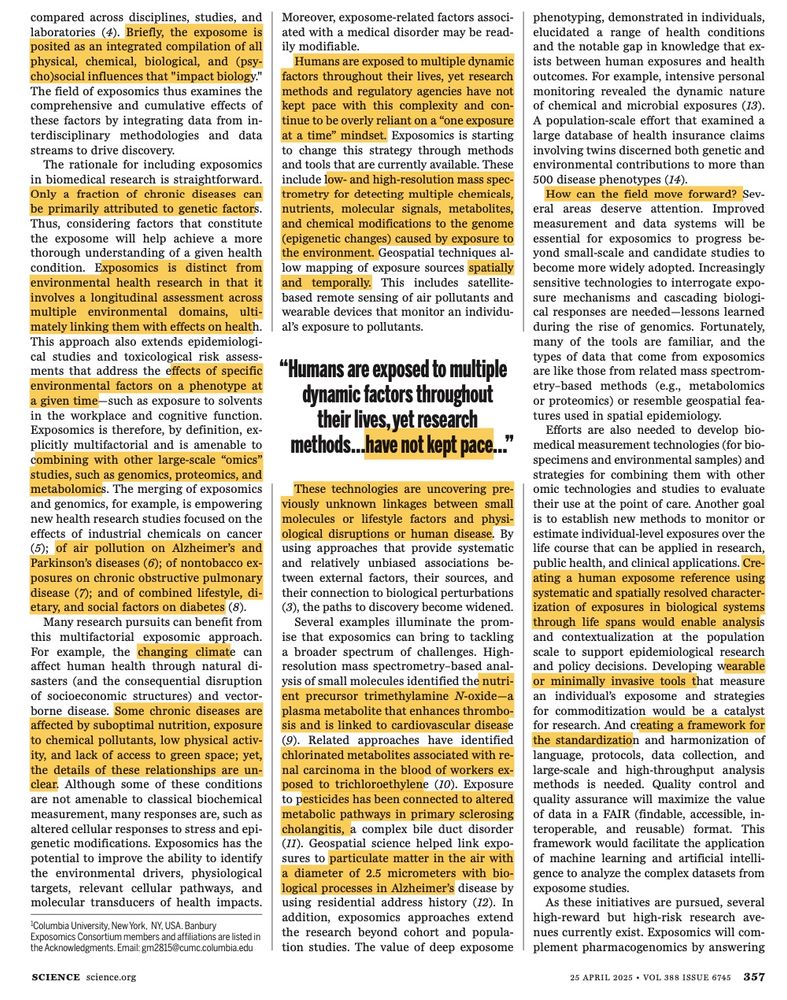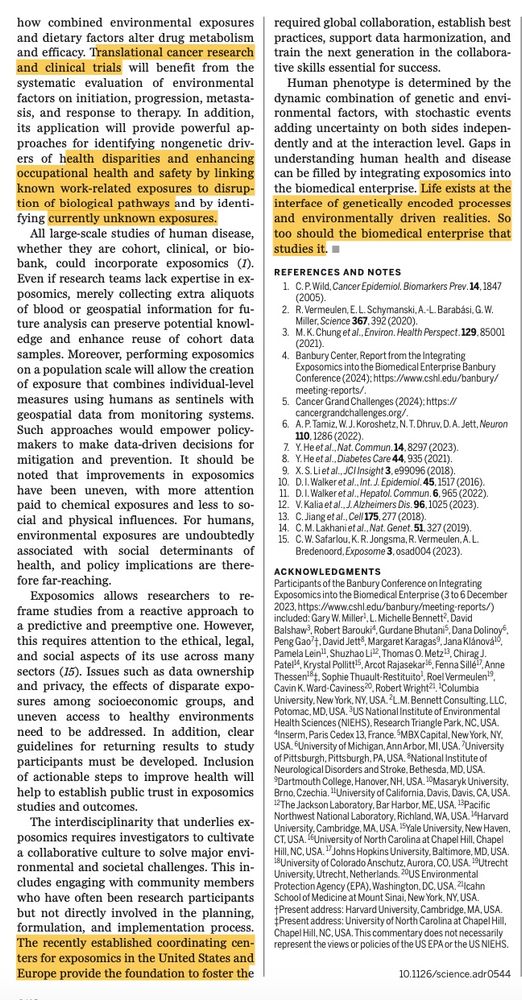Annalaura Mastrangelo
@annalaura-m.bsky.social
390 followers
130 following
17 posts
Researcher at CNIC Madrid, member of award committee #FeMS. Passion for #Metabolomics, #Microbiome & #CVD, #Obesity #InsulinResistance #Immunometabolism #Biostatistics fascinated & travelholic
Posts
Media
Videos
Starter Packs
Reposted by Annalaura Mastrangelo
Reposted by Annalaura Mastrangelo
David Sancho
@sancholab.bsky.social
· Jul 17
Reposted by Annalaura Mastrangelo
David Sancho
@sancholab.bsky.social
· Jul 19
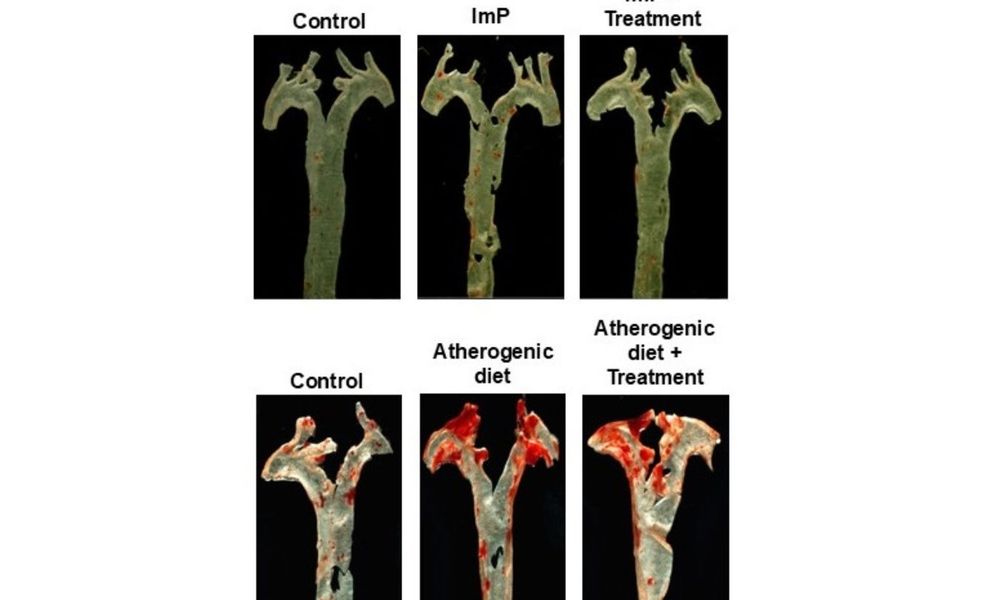
A gut microbiota metabolite linked to atherosclerosis could revolutionise diagnosis and treatment
A new study led by the Spanish National Centre for Cardiovascular Research (CNIC) and funded by the European Reasearch Council (ERC) has identified imidazole propionate (ImP), a metabolite produced by...
erc.europa.eu
Reposted by Annalaura Mastrangelo
David Sancho
@sancholab.bsky.social
· Jul 16
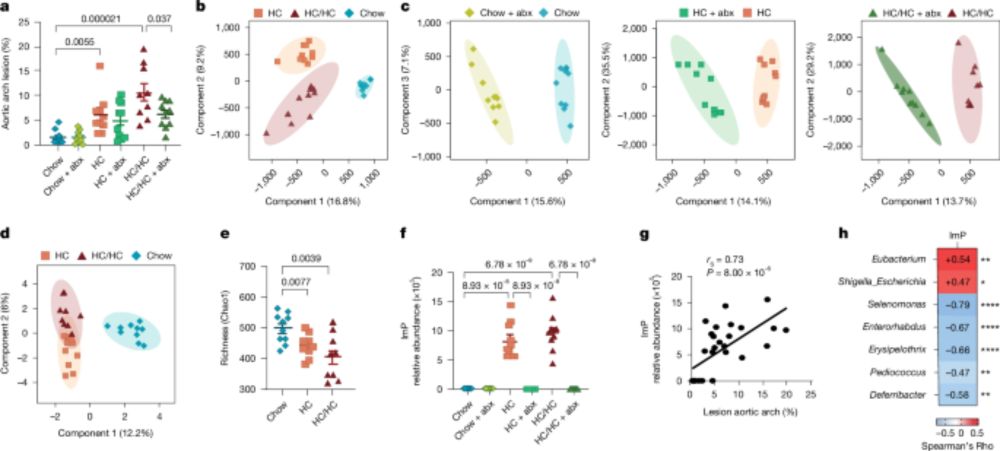
Imidazole propionate is a driver and therapeutic target in atherosclerosis - Nature
Imidazole propionate produced by gut microbiota is associated with atherosclerosis in mouse models and in humans, and causes the development of atherosclerosis through activation of the imidazoline-1 ...
nature.com
Reposted by Annalaura Mastrangelo
David Sancho
@sancholab.bsky.social
· Jul 16

Imidazole propionate is a driver and therapeutic target in atherosclerosis - Nature
Imidazole propionate produced by gut microbiota is associated with atherosclerosis in mouse models and in humans, and causes the development of atherosclerosis through activation of the imidazoline-1 ...
nature.com
Reposted by Annalaura Mastrangelo
Reposted by Annalaura Mastrangelo
Reposted by Annalaura Mastrangelo
Reposted by Annalaura Mastrangelo
Reposted by Annalaura Mastrangelo
Reposted by Annalaura Mastrangelo
Reposted by Annalaura Mastrangelo
Reposted by Annalaura Mastrangelo
Reposted by Annalaura Mastrangelo


